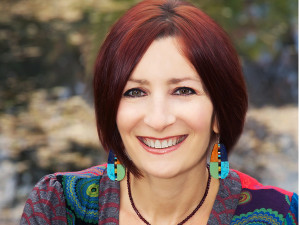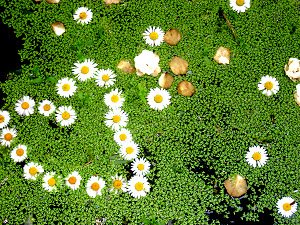Might you have Eco-Anxiety?

Almost daily, we hear of the devastating impact of climate change and animal agriculture on the planet: increased wildfires, heatwaves, floods, extreme storms, climbing sea levels, the erosion of natural environments, and the extinction of species on a massive scale. We also know that climate change influences migration patterns, communities’ infrastructure and creates less secure food systems. A recent report by the American Psychological Association details the mental health effects of climate change and the stress that surrounds it on an individual and community level.
As with other disasters, there are some people and communities who will be hit harder than others. Geography, of course, is in the mix, as are demographic and socioeconomic inequities. On an individual level, those with pre-existing health challenges, for example, will feel these effects more intensely. The APA report (p.6) notes also that “stress from climate impacts can cause children to experience changes in behavior, development, memory, executive function, decision-making, and scholastic achievement.“
Given both the dire environmental situation and the public’s heightened awareness of it, eco-anxiety has become increasingly common, with individuals expressing distress over climate change and the environment, exhibiting conditions such as depression, panic attacks, insomnia, guilt, grief and helplessness, among other mental health challenges.
This spring I will be offering an opportunity to explore these concerns in a safe group space. Eco-therapy and eco-art therapy are multi-layered; in group, we’ll be addressing such topics as becoming empowered for change on an individual and community level, how to notice our emotions and knowing when they are useful vs. when they are unproductive and paralyzing, and learning coping skills to manage those emotions. You will gain support from like-minded others and develop a plan to have an impact on an individual, family and community level to alleviate the helplessness we can feel. We will have the opportunity to create art from natural materials, to become reacquainted with the beauty and splendor of our natural environment and heal through connecting with the earth’s gifts.
Please contact me if you’d like to discuss any of these issues one-on-one or would be interested in this upcoming group. The group will include verbal dialogue and art-making and will take place in a natural environment in which participants will be able to interact with animals as well, if they wish.
Resources:
https://www.psychologytoday.com/us/blog/the-me-in-we/201801/coming-terms-ecoanxiety
https://www.apa.org/news/press/releases/2017/03/mental-health-climate.pdf
Taking a more loving stance toward our bodies
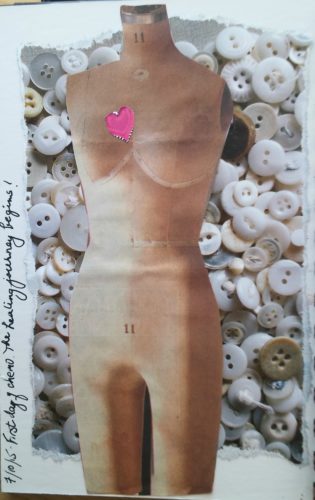
It has been a while since I’ve written a blog post, but I was inspired by the beautiful words and images from a post on a website I recently discovered, CancerGrad. In moving and eloquent words and stunning images, Aniela, after having gone through surgery and cancer treatment, writes a love/apology letter to her body:
“Now, I have done the unthinkable to you. I cut into you, had parts of you cut off, parts of you cut out. I poisoned you over and over for months.
Yet, every time you HEALED. ”
She thanks her body for always being there:
You only ever want the best for me. You only ever want me to succeed. I love you body! You are my best friend, my confidant, my lover.
You mother me and you protect me. You fight my battles. We will be together as long as we live and I will cherish you, hold you, caress you, kiss you, hug you, love you.
Many of us will never think these thoughts and will expend endless energy defying, hating and maligning our bodies. What needs to happen for us to move to this point of loving our bodies (ourselves)?
We see our bodies through such a highly critical lens. “I’m too fat.” “I have no butt.” “My boobs are too big/small.” “My thighs….” The idea of speaking lovingly to or about our bodies is so foreign to us.
As a therapist, I see many people struggling with body image issues; some have physical illnesses, and some do not. I sometimes ask clients, “What part of you do you find beautiful? Strong? Has served you?” And, they usually look at me like I have two heads. Some can’t come up with a single thing. What psychic scars are we inflicting upon ourselves, when we wholly reject our bodies?
I encourage people to write a letter to their bodies: What would you like your body to know? What have you been afraid to tell it? What questions would you ask your body? I ask clients to write a letter back, from their body. What does your body want you to know? How does your body feel about how you have treated it? Do you want to know what it has to say? Admittedly, this enforces an unhelpful binary view of the body as distinct from who we are. But, I also think this can be a healing exercise that almost anyone would find insightful. We have to start somewhere.
More often than not, we don’t think of our bodies as precious. We loathe, despise and resent them. I have struggled with these feelings too. But I also have found gratitude for my body for surviving toxic cancer treatment and surgery. And when my doctor (inevitably) asks me, ‘wouldn’t you like more “symmetry”,’ I say, “No.” No more surgery, unless it’s absolutely necessary.
We can explore the potential roots of this dissatisfaction with our bodies, such as sexual inequality (women’s value based on appearance) and capitalism (beauty standards that encourage us to consume products and sell us superficial and unachievable dreams), but we must accept the bodies we have (which are always in a dynamic process of change), not just intellectually, but on a gut level. I hope that if you write this letter to your body, it will be a step toward reconciliation.
We only have one life to live, and one body to live it in. You (and your body) deserve only the best.
A Powerful Example of Using Art to Heal the Blow of Cancer
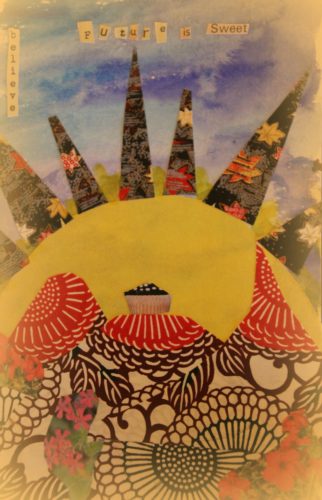
In this article about the healing powers of art when faced with a life-threatening illness, expressive art therapist Stephanie McLeod-Estevez describes her journey of art-making in response to her cancer diagnosis and treatment. I love her words, “Using the arts is a way of accessing some of the process — to enable you to bring it outside of you and, like a suitcase, unpack what has been inside and ultimately putting it back together again.” She describes creating artwork out of plaster casts of her breasts, in response to her diagnosis, then the chemotherapy and her mastectomy. Now Stephanie helps others as they address their grief, body and appearance changes, and confrontation with mortality and the finiteness of life, among myriad other emotions and fears that inevitably manifest with a cancer diagnosis.
This article was particularly moving for me, as I lived the experience of receiving a cancer diagnosis and its dreadful treatment (still being the best we have). My own collage-making and writing during each chemo session kept me from being in a purely “sick-patient” state. When I called on the Spanish photographer, Cristina Nunez, with whom I had previously taken a workshop, she consulted with me on creating a self-portrait series during this time, as I grappled with my illness, a variety of emotional waves, and my changing appearance. I now work with others, sometimes overwhelmed with the fear, anxiety and grief a life-threatening illness can summon, along with the potential to arrive at a moment of meaning-making, and clarity of life’s purpose. I continually marvel at what a privilege it is to work with people challenged by life’s trauma’s including facing our mortality, and how, in those moments, our humanity sparkles with love and resilience.
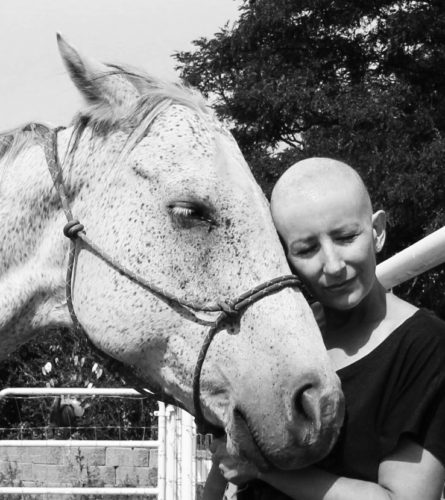
Great example of the power of art therapy for people with chronic disease
This short video shows the power of art for a girl with cystic fibrosis who spends much of her life in the hospital. She expresses herself through painting with the aid of an art therapist. She’s reducing stress and dealing with the impact of her physical symptoms, sometimes with talk, sometimes without.
http://cnycentral.com/news/local/canastota-woman-looks-to-art-therapy-to-cope-with-chronic-disease
How thoughtless compliments can hurt: noticing thinness when weight loss was unintentional
This moving essay (below) describes a distraught mother, coping with her daughter’s cancer, being envied because of her weight loss. What is the message to this woman’s daughters: one who is dealing with illness and the other with illness of her beloved sister? We’re so obsessed with thinness in our culture that we value it, by any means necessary. What a travesty. As the author says, “If you want to know how someone is, look in their eyes, because their size is not where the information is.”
Got stress? Start making some art!
Got stress? Start making some art! Another study shows the benefits of art-making and it really (reallyreally) doesn’t matter whether or not you’re a great (technically skilled) artist or not. Truly, there’s an artist in every one of us. Let yours shine!
